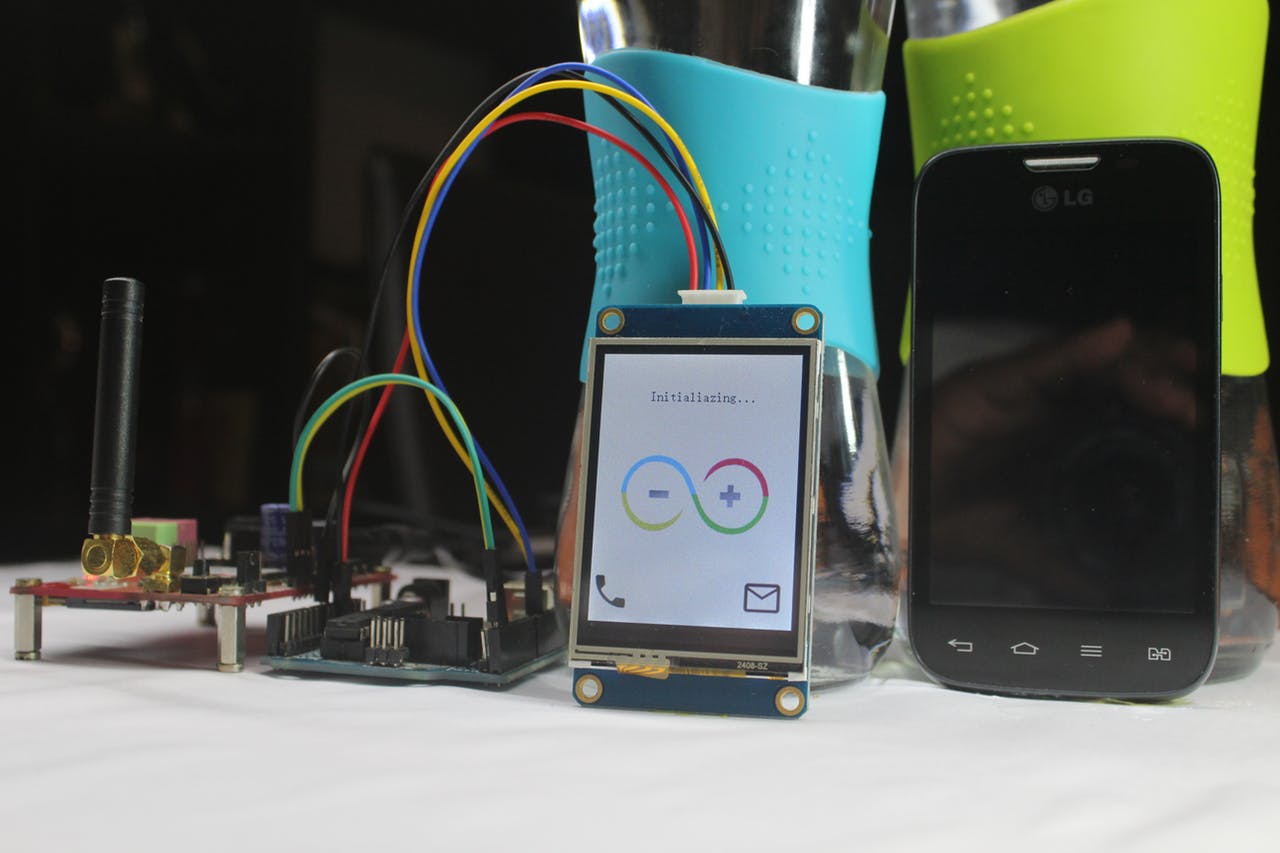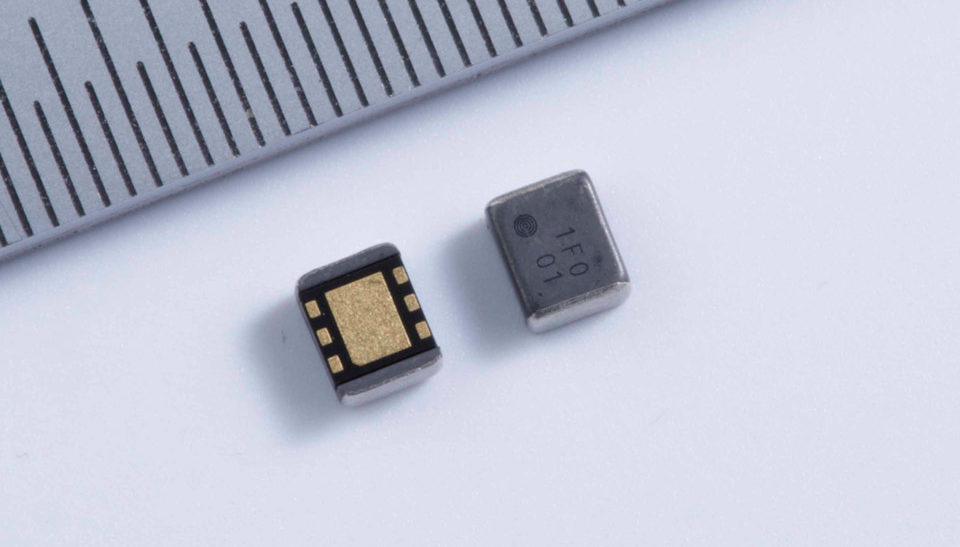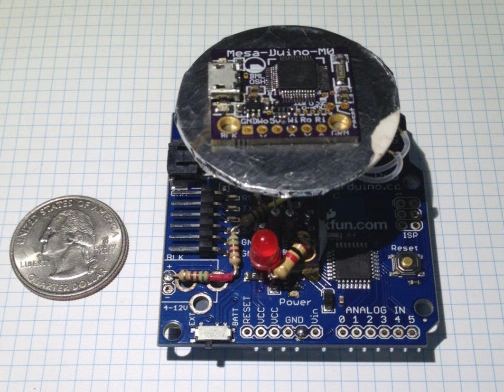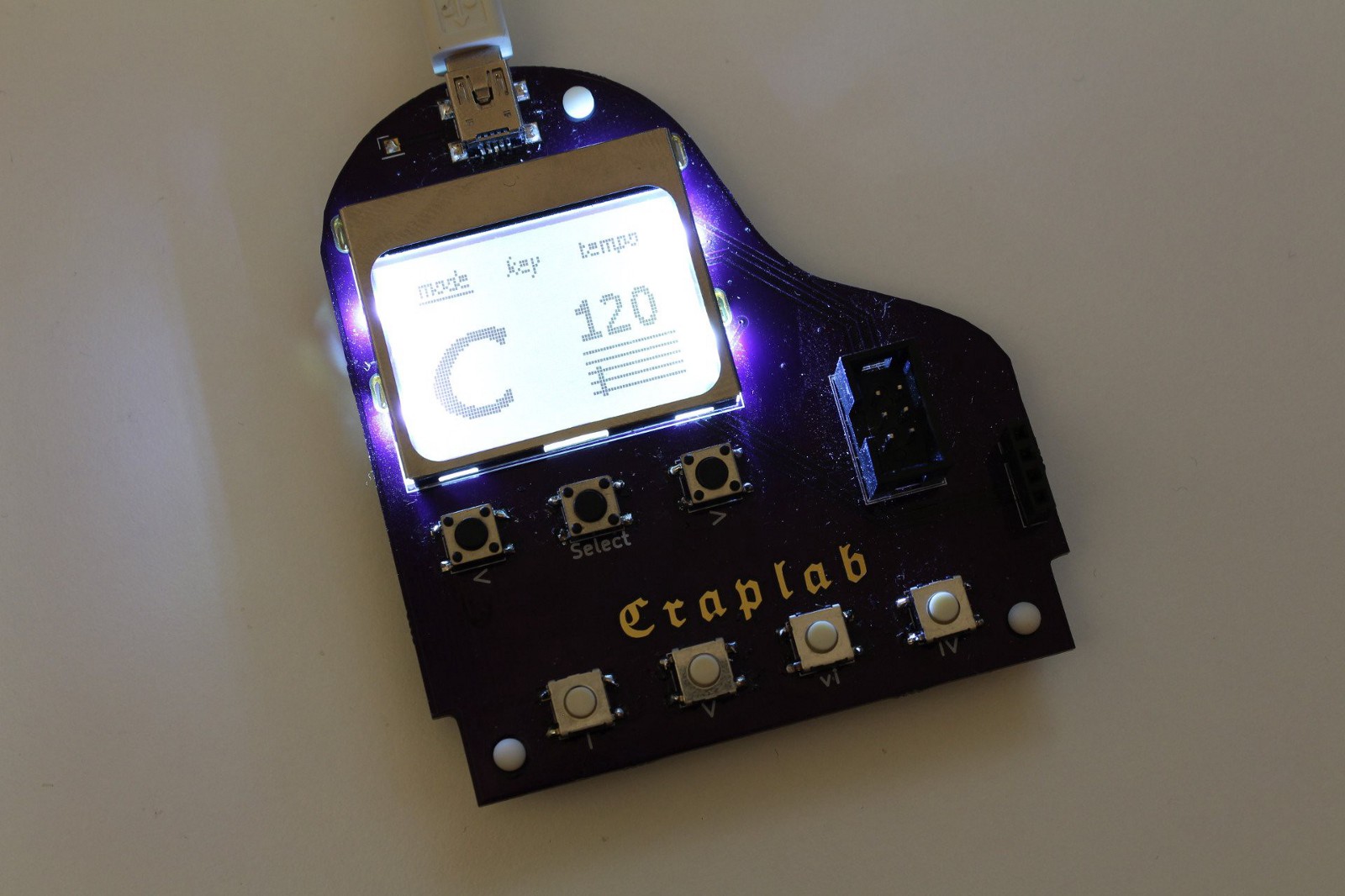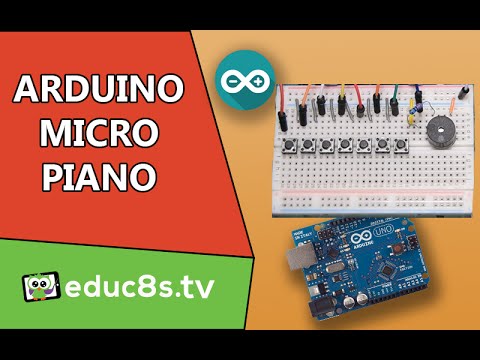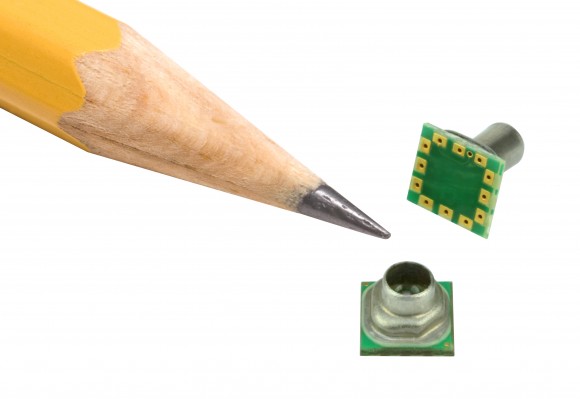
Honeywell is a technology company working towards connecting the world. They are currently working on connected homes, buildings, plants (such as refineries), warehouse, workers, aircrafts, vehicles, and healthcare while addressing challenges such as energy, safety, security, productivity, and global urbanization. To enhance product performance, Honeywell has designed a MicroPreassure board mount pressure sensor measuring only 5 mm x 5 mm.
Nowadays, the market is filled with low performance cheap sensors or high performance expensive sensors which do not meet the need for fully functional cheap sensors for industrial and medical applications. Honeywell’s MPR is a small piezo resistive silicon pressure sensor with digital output, and it is the smallest ported pressure sensor in the market. This device was designed to be easily installed and to work without the need for external amplification. MPR MicroPreassure sensor has amplification, compensation, and low power consumption. Additionally, the device has high accuracy, it is liquid tolerant, meets moisture sensitivity level 1 requirements, and it is durable (it has strong metal ports).
This device could not only help improve already existing technologies, but also it would allow for this type of sensors to be introduced in new objects such as wearables, or common objects for IoT applications. In medical industry the sensor can help reduce the size of bulky devices and may even allow the patients to own their own monitoring device at home. MicroPreassure was specifically developed for high volume applications such as appliances, non-invasive blood pressure machines etc. For circuit designers and engineers, this sensor gives the opportunity to reduce the size in all the devices by using less space in boards and PCBs.
It was designed to meet high volume requirements (250,000 units/year), so with a low production cost and a really good performance, designers can now include these sensors to reduce their device price and to give them optimal performance. The user will have access to 1.5% accuracy and 13 bits of effective resolution which makes the processes more efficient. As a result, depending on the design, the device may be less prone to errors, require less power, or make less noise.





